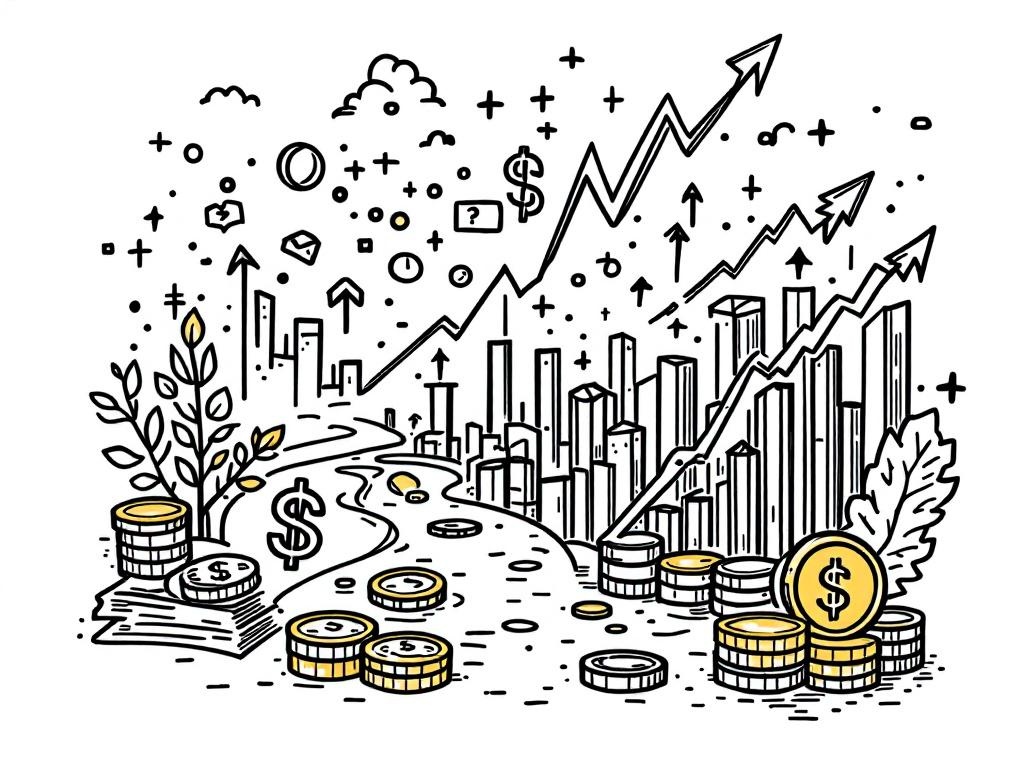Market Volatility: Navigating Investment Opportunities Amidst Uncertainty

Boston, Tuesday, 3 June 2025.
Despite macroeconomic challenges and dampened earnings expectations, signs of investor optimism emerge as companies adapt strategies to economic shifts, highlighting potential investment opportunities amidst current volatility.
Economic Challenges Amid Market Volatility
As of early 2025, the United States economy has encountered a complex array of macroeconomic challenges. A 0.3% decline in the first quarter GDP, primarily due to increased imports prompted by anticipated tariff impacts, illustrates the existing volatility [1]. Despite these figures, the economy expanded by 2.8% in the previous year, which underlines its underlying resilience [1]. S&P 500 companies were projected to grow earnings by 15% this year, but have since adjusted that figure downward to an expected 9%, reflecting a more cautious approach due to persisting macroeconomic uncertainties [1].
Investor Sentiment and Strategic Positioning
In the wake of fluctuating market conditions, investor sentiment remains cautiously optimistic, with analysts projecting no recession for the U.S. throughout 2025 [1]. A significant shift in strategic positioning is evident, as investors are advised to focus on quality stocks, policy tailwinds, and diversified investments to mitigate risks associated with market instability [1]. This transition aligns with broader efforts to stabilize rate and credit markets, which have been undergoing adjustments following the Federal Reserve’s indication of potential interest rate cuts later in the year to support economic activity [1].
Policy Changes and Their Impact
The Trump administration’s policy agenda has wrought significant changes across global trade and military frameworks, impacting economic confidence and leading to policy uncertainty [1]. Concurrently, the U.S. Treasury Secretary’s comments about China’s DeepSeek in relation to market volatility have added to the complexity, despite domestic policy changes like newly introduced tariffs being a more direct factor [1]. This environment has contributed to decreased consumer sentiment and heightened inflation expectations, illustrating the delicate balance policymakers must manage to maintain economic stability [1].
Global Market Dynamics
Global market trends reflect similar volatility, with long-term U.S. Treasury yields increasing significantly from April’s lows as investors reassess debt sustainability and inflation implications [2]. This rise is perceived as a normalization back to historic yield premiums. In parallel, European markets have seen rising yields as countries increase spending on defense and infrastructure amidst geopolitical fragmentation [2]. These dynamics create a broader backdrop of cautious optimism, where strategic diversification into resilience-focused investments becomes paramount [2].